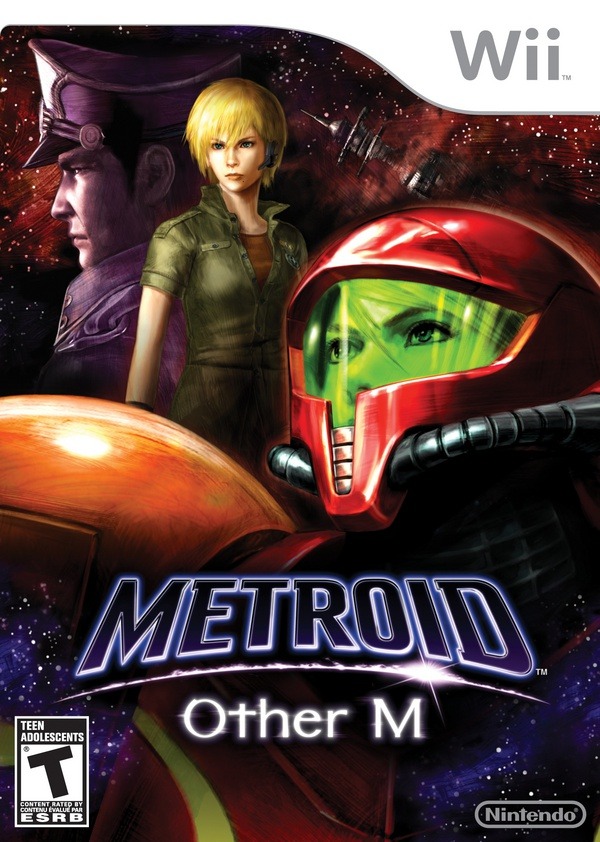@DragonGirl: this is an excellent write up and does make fair criticisms of the story. In this thread I've defended the game to a great degree, but from my perspective, it was against people jumping to overblown conclusions and being unfair in their own hatred of virtually every detail of the game. Fanboyism run amok.
I thought the constant dismissal of the game as "sexist trash" was off the mark and also short sighted, because it was clear that what people really wanted was for the game to not exist, which is also just boring. I agree that the game at the core isn't inherently trying to be sexist or create a negative female portrayal. It's just highly imperfect and creates incorrect inferences that the player / viewer of the story has to stop and think through to try and understand what the script meant to do.
The lack of Samus' Chozo childhood in the game is actually a big point that was overlooked by many. I think that's a big indication of the direction in Other M's story being mishandled. If one thinks about it, the Chozo basically do not even exist in Other M. There's virtually no reference to them, even in connection with Samus' suit most of the time.
The problem is that this creates an unintended sense of retcon. Samus' more complex history is funneled into the one specific part of her backstory the game is exploring; it's myopic storytelling and that's part of what makes various scenes come off the wrong way. That lack of greater context, again.
By not exploring the Chozo, you remove part of the background that makes Samus seem inherently stronger on her own. The notion of a young orphan thrown into a very alien world, surviving, and becoming powerful, gives Samus a hard edge. Ironically, I think that could have been worked into the Ripley freeze as a positive element! It would make Ripley more horrifying in his ability to take a character that had already been established as genuinely toughened and make her pause. By not seeing anything of Samus outside of a young and unweathered looking version, the Ripley encounter can be read by the viewer as confirming that she's weak and unprepared.
Of course we could consider that all this may be due to the very nature of what Other M is - nearly Nintendo's first foray into scripting a detailed cinematic experience, complete with the requirement (and restrictions) of writing the game for a full voice cast. Had Other M been presented with more traditional Nintendo cinema scenes, with pages of dialog to click through, or still pictures inserted in a montage at various points, I suspect more ideas and locals might have made it into the story on screen. (Don't forget - having scenes of Samus' time with the Chozo would have also meant designing, scripting, and paying for more alien CG worlds, aliens who were primary characters, and more sequences to render at the genuinely impressive quality Other M shoots for in its CG story sequences.)
In part, it's perhaps expected because of the polish and weight of the Metroid Prime series being fresh in everyone's minds, but so few people seemed willing to accept Other M as a pure experiment. Personally, I'm actually fine with the game as it is, shortcomings of the plot and all. I'm more intrigued by what it tries than horrified and slamming my hands on the table demanding Metroid Prime 4 as if that's a constitutional right.


